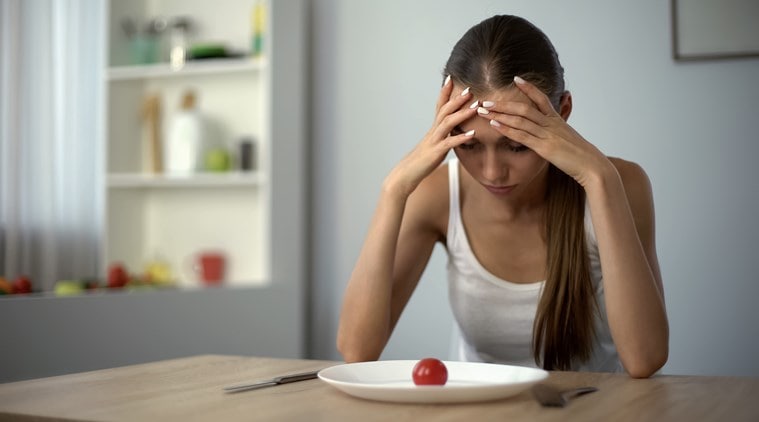Iron Deficiency Day 2019: All you need to know

Iron Deficiency Day is observed on November 26 every year to raise awareness about the serious health consequences posed by the deficiency.

Sharing the symptoms of iron defiency, Union Health Minister Dr Harsh Vardhan highlighted the importance of eating right. “Fight off the symptoms of Iron Deficiency Anemia (IDA) by consuming fortified staples like rice, wheat flour and double fortified salt, rich in iron, as per Food Safety and Standards Authority of India (FSSAI) standards,” he tweeted recently.
Despite anaemia affecting 56 per cent of girls and 30 per cent of boys in the age group of 15-19 years in India, according to UNICEF, many people are still not aware about the condition caused due to low-haemoglobin levels which is usually triggered by iron deficiency owing to poor nutrition.
Therefore, Iron Deficiency Day is commemorated on November 26 every year to raise awareness about the serious health consequences posed by the deficiency. Although it can affect any age group, its prevalence is the highest among pre-menopausal women and children below five years. Heavy menstrual bleeding due to PCOD or endometriosis and blood loss during childbirth are among the leading causes of IDA.
This year, the theme aims to help people recognise the many symptoms associated with this widespread, but neglected, health condition.
While women with haemogloblin levels lower than 12.0 g/dL are considered anaemic if they are not pregnant, and levels lower than 11.0 g/dL signal anaemia in pregnant women, men with haemoglobin levels of less than 13.0 g per decilitre (dL) are considered anaemic, as per World Health Organization norms. A recent Lancet study also pointed out how one in four men are anaemic in India. The data was based on a study conducted on at least 100,000 males aged between 15 to 54.
Here’s what you should know
Symptoms
As pointed out by Dr Harsh Vardhan, symptoms include unusual tiredness, headaches and dizziness, shortness of breath, heart palpitations and hairfall. Other symptoms that one can experience are brittle nails, restless leg syndrome, depression, dizziness, increased sensitivity to cold and strange craving to eat non-food items like mud, paints, paper, clay and chalk.
Include these food items in your diet
A post shared by Vivian Chen (@plateful.health) on
For making haemoglobin red, strong and healthy, the body chiefly needs iron, folic acid, vitamin C, protein and vitamin B12. These are essential nutrients which our body cannot make on its own and need to consumed as part of a healthy diet. Deficiency of these nutrients in diet leads to decreased concentration of haemoglobin, making it thin and pale in colour. Iron rich diet along with supplements can help restore the iron levels.
*Animal foods like red meat, eggs, poultry and fish
*Green leafy veggies like spinach, kale, broccoli, beetroot, mushrooms
*Lentils, beans, whole grains
*Nuts especially pistachios, cashews and almonds and seeds like pumpkin, sesame, sunflower and flax.
*Soyabean and its derivatives like soymilk, tofu
*Fruits like pomegranate, berries, dates, dried fruits like dried apricots, prunes, raisins.
As per UNICEF, tea and coffee two hours before and after meal should be avoided as it inhibits absorption of iron into the body. Vitamin C rich food i.e. citrus fruits like amla, guava, ber, oranges and lemon should be taken along with meal containing iron as it improves iron absorption.
Recently, Project Streedhan, a campaign to raise awareness about anaemia among urban women has been launched by DSM, a global company which specialises in solutions for nutrition, health and sustainable living.
A post shared by Project Streedhan (@project_streedhan) on
The CSR project which has been gaining support from celebs, exhorts women to give the same importance to iron as to gold, and to invest in it by improving their nutritional habits, eating healthy iron-rich foods and thus reducing iron deficiency in their bodies.
Source: Read Full Article




